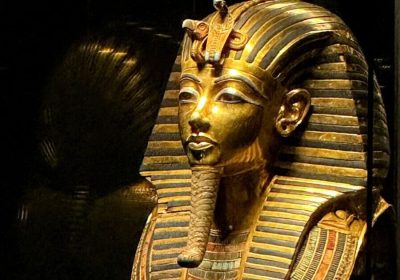That’s enough for more than 1 billion Olympic gold medals, which are actually primarily made of silver, and about 750,000 pots of gold waiting at the end of every rainbow. Or you’d have to spend $694 billion at Costco on its 1-ounce gold bars, although the $3,410 bar is out of stock.
The price of gold fluctuates, but as of July 2025, the market value of all the gold stored in the New York Federal Reserve vault could be estimated somewhere between $470 billion and $680 billion, depending on the market price of gold, which hit a record high this year.
But none of that gold belongs to the Fed, and most of it isn’t American. In 2021, the U.S. Treasury Department reported it only stores about 13.4 million fine troy ounces – about 416 metric tons – there. The rest belongs to foreign governments, other central banks, and official international organizations, who trust the Fed to keep it locked away 80 feet below street level.
The United States stores gold in other places, too. The largest American-owned gold stockpile is at Fort Knox in Kentucky, which houses about 147.3 million fine troy ounces of gold – about 4,583 metric tons.
Other countries, including Germany, Italy, and France, also have large gold reserves.
More: Trump wants lower interest rates. Will the Fed make cuts? Live updates
Beyond its shine, some investors, central banks, and governments view gold as an attractive asset that inspires confidence, even in uncertain times.
“It’s historical money. It goes back several millennia as original money,” said Aakash Doshi, the global head of gold strategy at State Street Investment Management. “It goes back to biblical times. It was one of the gifts from the three wise men.”
While today gold isn’t used as a large-scale payment method, it’s a highly liquid asset with no particular credit risk and is not directly controlled by any central bank, according to Joe Cavatoni, the senior market strategist for the Americas for the World Gold Council.
Some investors still view it as “real” money – something that can’t be printed – and a hedge against market and economic volatility.
“Gold performs in good times as well as in the bad times,” Cavatoni said.
While the dollar or the euro isn’t going away anytime soon, Doshi said the demand for real hard assets that complement fiat currency rose over the last few decades as global debt and governments’ share of that debt has increased.









No Comment! Be the first one.